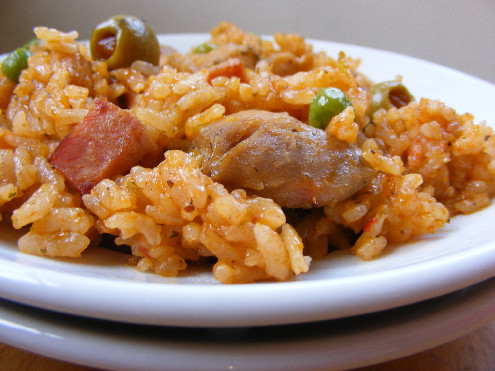Ginger: Trinidadian Ginger Beer
Thursday, December 16th, 2010I’m a bit of a ginger freak.
I’m quick to try it in its many incarnations. Some of my local Colorado favorite’s are ChocoLove’s Ginger Crystallized in Dark Chocolate, Bhakti Chai (a black pepper and ginger chai that’s fantastic hot or cold), and Big B’s Ginger Apple Cooler.
I haven’t, however, found a local ginger beer that outshines the homemade versions made by Caribbean friends. These versions, for the most part, have a stronger ginger punch and are more complex in spice than the store-bought, fizzy varieties.
In the Caribbean, ginger beer is an all-occasion and special-occasion beverage. My friend Val who hails from Trinidad is an extraordinary cook and fact man. He says ginger beer – typically the non-fizzy version, such as the recipe below, is enjoyed during the holiday season. Other holiday drinks include sorrel punch (similar to hibiscus) and punch de crème (an eggnog-rum-based drink).
Like most recipes, there is no single way to make ginger beer. Recipes vary from family to family and by region. In Trinidad, cinnamon, cloves and lime are typically added. Whereas, in Jamaica, they generally add fresh pineapple. Regardless of the array of spices/ingredients used, one thing is constant – the ginger is strong. This is NOT a whimpy ginger ale, it’s got a bite that’s both refreshing and addictive.
The recipe below is mine. It’s not as sweet as some versions that have about half as much sugar as water. It’s layered with flavor from a whole pound of fresh ginger, cinnamon sticks, whole cloves, fresh lime juice and raw sugar.
Val made sure to hip me up on the “proper” sugar for traditional Trini ginger beer – Demerara, turbinado or another raw sugar but not the white stuff or brown sugar. (However, in my research it appears a lot of folks in the states use brown sugar as a substitute.) A version he remembered most was by a family friend who served her ginger beer much like a sangria – with slices of fresh oranges, limes and a piece of raw sugar cane as a swizzle stick.
Salud! Cheers! Happy Holidays – whether you are neck deep in snow or chillin’ at the beach.
Oops. I forgot to mention. There’s no alcohol in this even though it’s called “beer.”
Tidbits on Ginger:
- Ginger is a rhizome – an underground stem that grows horizontally.
- Ginger, although native to India and China is grown around the world especially in the hot tropics including the Caribbean and Africa, where it was introduced in the 16th century.
- In the 13th and 14th centuries, ginger, along with black pepper, was one of the most commonly traded spices.
- Initially ginger was consumed more for its medicinal purposes than for strictly culinary purposes. Today it is believed to aide digestion, relieve rheumatoid arthritis, reduce migraines, sooth sore throats, improve circulation, reduce fat deposits in the arteries and treat nausea.







